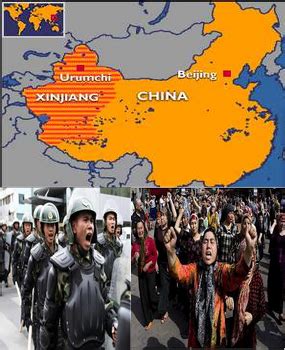Ace your APES final exam with our comprehensive quizlet, covering every crucial concept you need to know.

Section 1: Key Concepts and Definitions
1. Define ecology.
* The study of interactions between organisms and their environment.
2. Describe biodiversity.
* The variety of life on Earth, including the number of species and their genetic diversity.
3. Explain the concept of sustainability.
* Meeting current needs without compromising the ability of future generations to meet their own needs.
Section 2: Environmental Issues and Solutions
4. Describe the causes and consequences of climate change.
* Primarily caused by human activities, leading to increased temperatures, sea-level rise, and extreme weather events.
5. Discuss the role of renewable energy in mitigating climate change.
* Sources like solar, wind, and geothermal energy generate electricity with minimal greenhouse gas emissions.
6. Explain the impact of deforestation and its potential solutions.
* Forest loss contributes to climate change, habitat destruction, and soil erosion; solutions include responsible logging, reforestation, and alternative land use practices.
Section 3: Population and Resources
7. Describe the concept of carrying capacity.
* The maximum population size that an environment can support over time.
8. Explain the role of technology in addressing resource scarcity.
* Innovations in resource extraction, energy efficiency, and food production can help sustain growing populations.
9. Discuss the challenges associated with urban growth.
* Issues such as air pollution, congestion, and inequality require integrated planning and sustainable solutions.
Section 4: Energy and the Environment
10. Explain the different types of energy sources.
* Fossil fuels (non-renewable), nuclear energy, and renewable energy sources (solar, wind, geothermal).
11. Describe the challenges and opportunities associated with nuclear energy.
* Concerns over safety, waste disposal, and potential for weaponization; potential for clean and efficient energy generation.
12. Discuss the environmental impact of fossil fuel consumption.
* Releases greenhouse gases, air pollutants, and contributes to climate change; transition to renewable energy sources is crucial for mitigation.
Section 5: Biodiversity and Conservation
13. Explain the causes and consequences of biodiversity loss.
* Habitat destruction, overexploitation, pollution, and climate change threaten species diversity.
14. Describe the importance of protected areas and conservation efforts.
* National parks, wildlife sanctuaries, and other protected areas provide critical habitats and support conservation initiatives.
15. Discuss the role of ecotourism in biodiversity conservation.
* Sustainable tourism practices can generate revenue and support local communities, fostering conservation awareness.
Section 6: Environmental Policy and Law
16. Explain the role of government regulations in environmental protection.
* Laws and regulations set standards for pollution control, land use, and resource management.
17. Discuss the importance of international environmental agreements.
* Collaboration among nations is essential to address global environmental issues like climate change and biodiversity loss.
18. Describe the challenges of environmental policy implementation.
* Enforcement, political and economic interests, and public awareness all play a role.
Section 7: Environmental Ethics and Values
19. Explain the different ethical perspectives on environmental issues.
* Anthropocentrism, biocentrism, and ecocentrism shape our values and influence environmental decision-making.
20. Describe the role of environmental justice.
* Ensures fair treatment and meaningful involvement of all communities in environmental decisions that affect them.
21. Discuss the importance of promoting environmental awareness and stewardship.
* Education, outreach, and community engagement foster responsible environmental behaviors and support conservation efforts.
